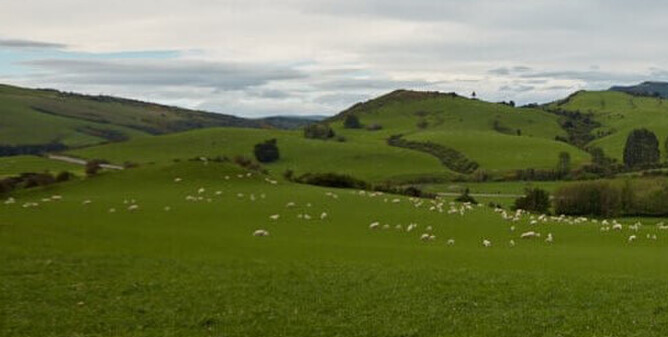Sustainable worm management is a consistent message the sheep and beef industry has been emphasizing for some time.
However, resistance to drench actives is continuing to accelerate on our farms, insinuating that what we are currently doing, as far as worm control goes, is simply not working and can not be sustained. What we do know is if we rely on drench alone to solve all of our wormy issues, there is a high chance that eventually we are likely to fail. Every farm should be considering the following 5 points:
1. Use a drench that is proven to work effectively on your property.
2. Have a strict Quarantine Protocol to ensure that drench resistance is not introduced easily through stock movements.
3. Maintain a healthy level of refugia on the property, to ensure any resistant eggs created are watered down by the susceptible, easy to kill ones.
4. Keep the worm challenge to our lambs as low as possible, by minimizing the level of larval pasture contamination.
5. Monitor the success of how things are tracking regularly.
There are several steps that can be taken on your farm, to help achieve a more sustainable worm management programme.
- A Faecal Egg Count Reduction Test should be performed every 3-4 years. Here each drench active can be individually assessed to enable informed drench decisions to be made. Assessing the current resistance status of your farm should be a priority.
- Drench Checks should be performed at different times of the seasons, to make sure the drenches we are using remains effective. This should be done at the start and at the end of the season, to cover the different worm species prevalent at different times of years. Remember, that this is different to a Faecal Egg Count Reduction test, as the individual actives are not assessed.
- Have a solid Quarantine Protocol for any stock coming on to your farm. Not only should the choice of drench be carefully selected, but where they are drenched and where they are moved after they are drenched should be considered. Performing a drench check 7-14 days after they have been drenched is also recommended.
- Drench every 28 days in your lambs to minimize their exposure to larvae. Minimizing the autumn peak by not extending drench intervals over the summer months is advised.
- Consider how you will maintain a healthy level of refugia on your farm. This allows a population of susceptible eggs to be released onto your pasture, to help dilute out any resistant ones. How this can be achieved, will depend on your farming system. The use of cattle or undrenched older ewes/ two tooths can help either by eating any resistant larvae or by producing eggs that have not been exposed to the drench actives. Being aware of clean pasture that has not been previously grazed (e.g. new grass paddock) must be carefully managed. Drenching lambs onto these paddocks with no refugia can be a quick way to develop drench resistance on your property. Assessing the different risks on your farm and selecting what ways will suit your farm system, can be discussed with your vet.
- Briar Cooper

